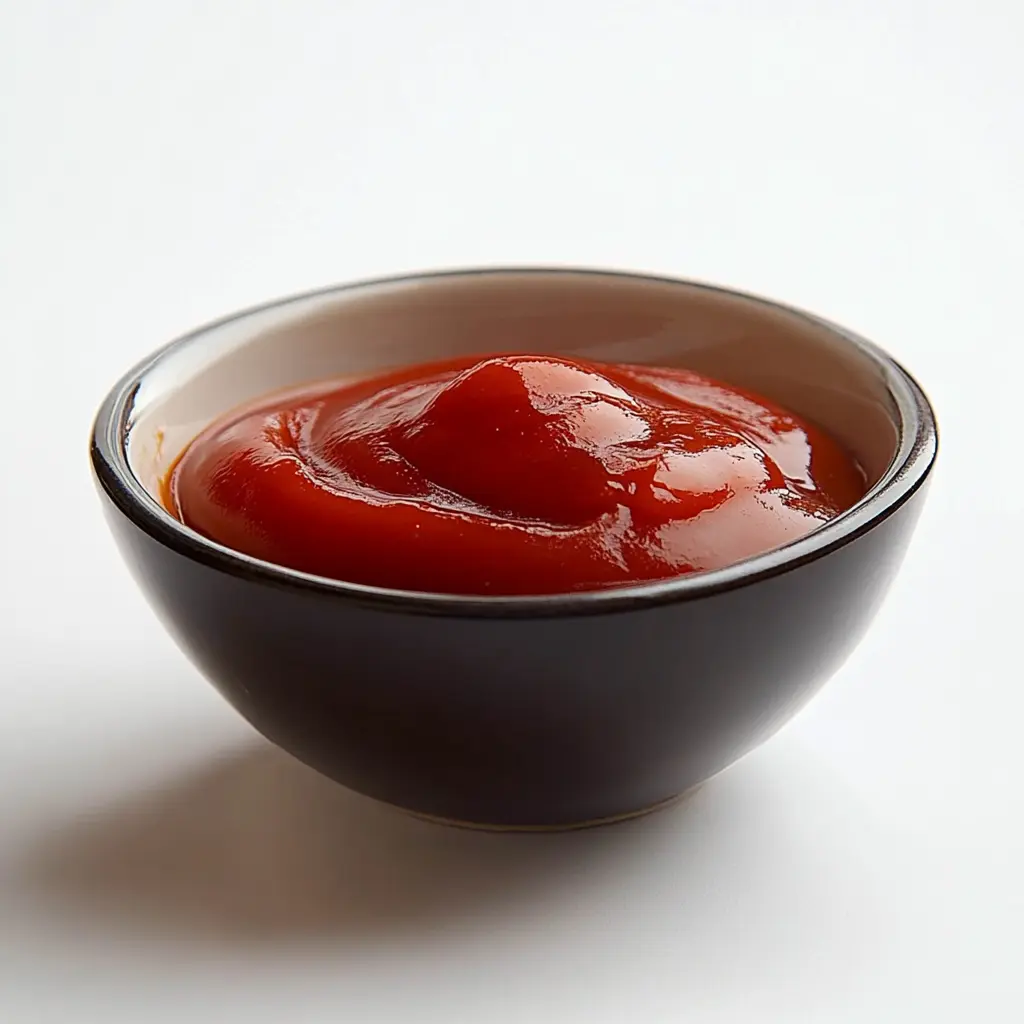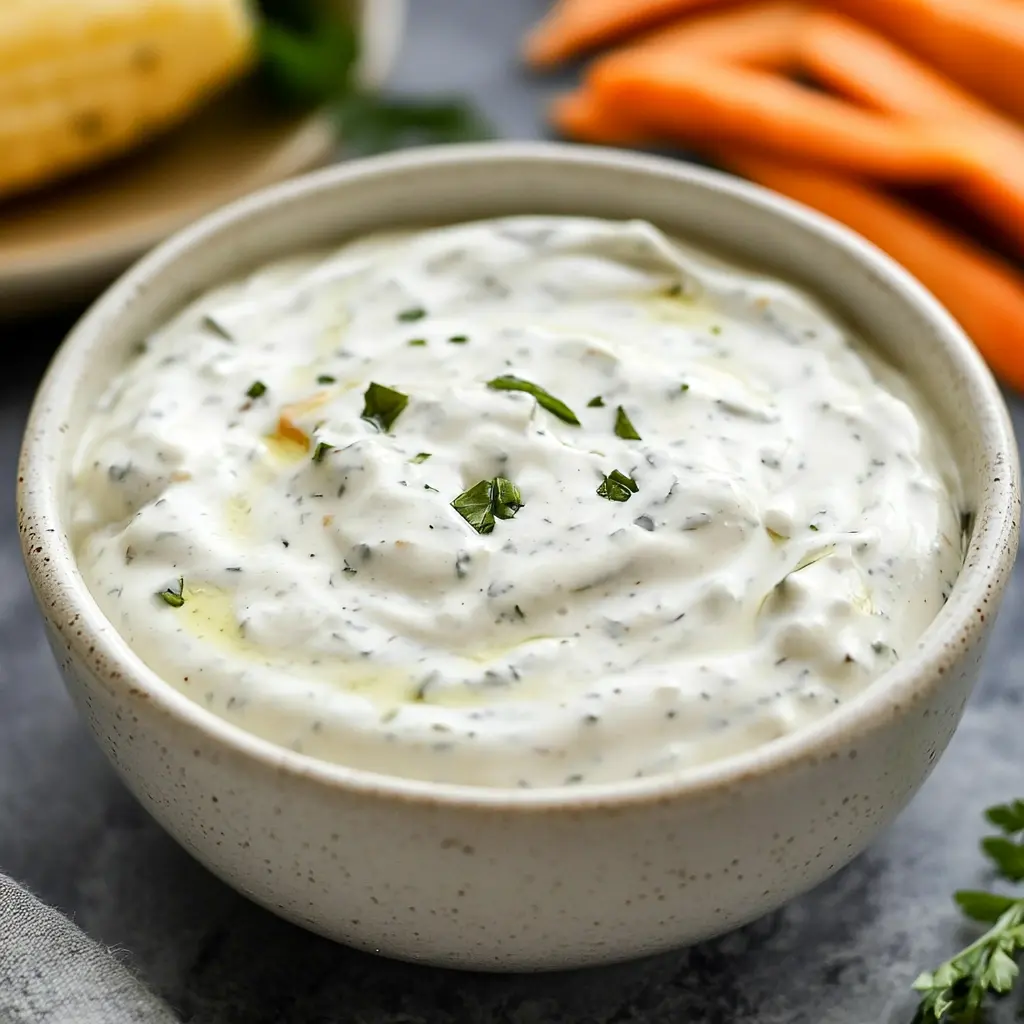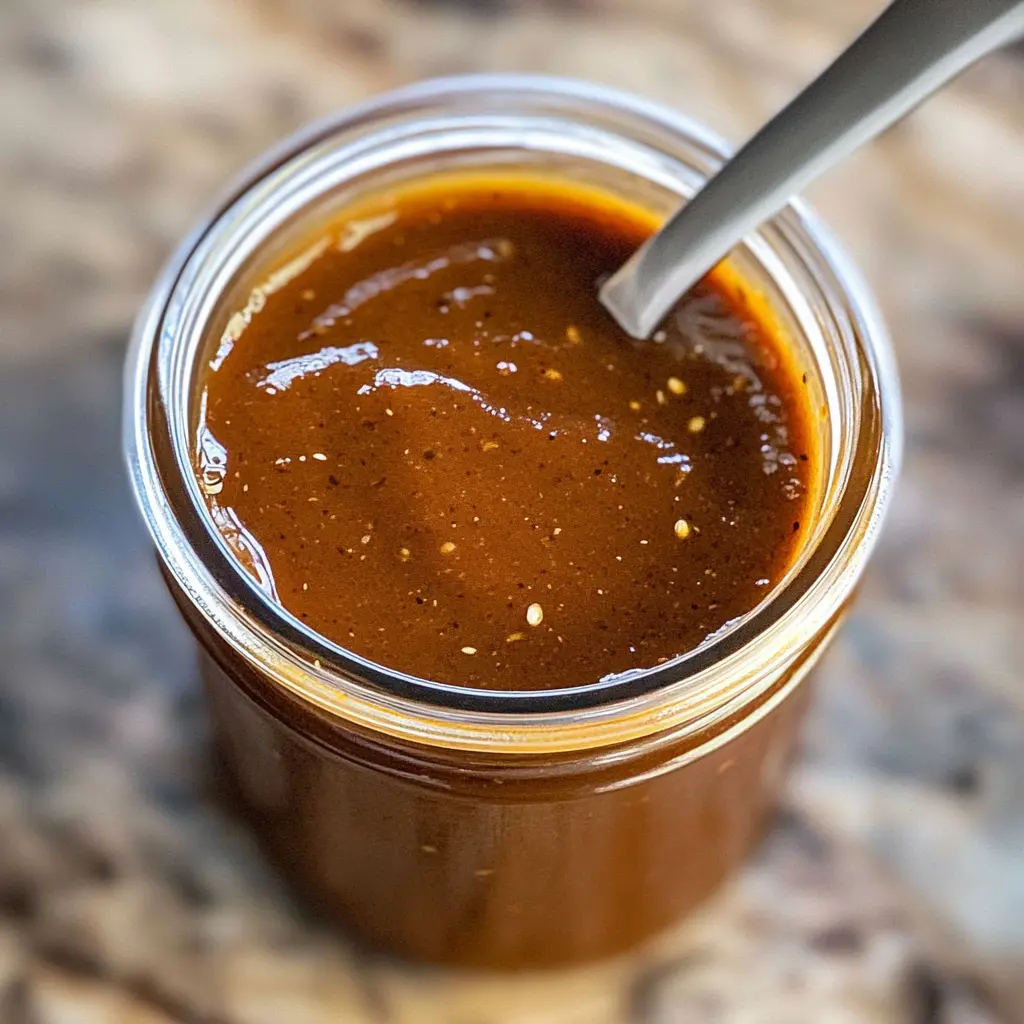How Many Calories Do Chicken Nuggets and Fries Have?
Chicken nuggets and fries are among the most popular fast-food meals, loved for their crisp texture and savory flavor. However, understanding the calorie content and nutritional value of this combo is crucial for those who want to maintain a healthy lifestyle. In this article, we will consider how many calories chicken nuggets and fries have, their nutritional breakdown, and healthier alternatives.
Eating fast food occasionally is common, but when consumed regularly, it can lead to health complications. Let’s dive into the caloric details to better understand this beloved meal.
How Many Calories Do Chicken Nuggets and Fries Have?
When assessing how many calories chicken nuggets and fries have, it’s important to consider portion size, preparation methods, and added sauces. A standard serving can range from moderate to high caloric content, depending on the ingredients and frying techniques.
- Chicken nuggets: Often deep-fried and breaded, contributing to higher calorie counts.
- Fries: Typically fried in oils rich in fats, which increase their caloric density.
Portion control is key since larger servings exponentially increase the calories consumed. For instance, combining a small portion of nuggets with fries may contain fewer calories compared to a large-sized meal.
Pairing them together results in a meal with 400–1,000+ calories, depending on portion sizes. Learn more about chicken nuggets and fries recipes, tips, and nutrition.
Nutritional Overview
Chicken nuggets and fries are primarily high in carbohydrates, fats, and sodium. While they can be a source of protein and energy, they often lack essential nutrients like vitamins and fiber. Here’s a closer look:
- Proteins: Found in chicken nuggets, aiding in muscle repair.
- Carbohydrates: Mainly derived from fries and the breading on nuggets.
- Fats: Both saturated and trans fats are present due to deep frying.
- Sodium: High levels contribute to increased blood pressure if consumed in excess.
Moderation and awareness of portion sizes are crucial to avoid negative health impacts.
Calorie Content in Chicken Nuggets

The number of calories in chicken nuggets depends on the serving size and preparation methods. For a typical fast-food chain:
- 4-piece nuggets: Approximately 190-200 calories.
- 6-piece nuggets: Around 280-300 calories.
- 10-piece nuggets: Upwards of 470-500 calories.
These values may increase if additional dipping sauces or condiments are included. Keep in mind that baking or air frying nuggets at home can significantly reduce their calorie count.
Calorie Content in Fries

Fries are calorie-dense due to their cooking process. The calorie count depends on the portion size and type of oil used. On average:
- Small fries: Around 220-230 calories.
- Medium fries: Approximately 340-360 calories.
- Large fries: Can contain over 500 calories.
Seasoning and toppings, such as cheese or bacon bits, further increase the calorie content. Opting for oven-baked fries or sweet potato fries is a healthier alternative.
Combined Caloric Impact
When chicken nuggets and fries are consumed together, the calorie count adds up quickly. For example:
- Small meal (4 nuggets + small fries): About 400-450 calories.
- Medium meal (6 nuggets + medium fries): Roughly 620-660 calories.
- Large meal (10 nuggets + large fries): Exceeds 1,000 calories.
Adding sugary beverages like sodas or milkshakes to the meal increases the overall caloric impact even further. These combinations can hinder weight management goals.
Health Implications of High-Calorie Meals
Frequent consumption of high-calorie meals like chicken nuggets and fries can lead to:
- Weight gain: Excessive calorie intake contributes to fat storage.
- Cardiovascular issues: High levels of saturated and trans fats impact heart health.
- Nutrient deficiencies: Overeating calorie-dense but nutrient-poor foods reduces the intake of essential vitamins and minerals.
- Blood sugar spikes: Refined carbs in fries can cause unhealthy blood sugar fluctuations.
It is crucial to balance such meals with healthier food options and regular physical activity.
Alternatives for Lower-Calorie Options
To enjoy a similar meal with fewer calories, consider these alternatives:
- Homemade chicken nuggets:
- Bake or air fry instead of deep frying.
- Use whole-grain breading for added fiber.
- Oven-baked fries:
- Swap regular potatoes for sweet potatoes.
- Use minimal oil and seasoning.
- Vegetable sides:
- Replace fries with steamed broccoli, carrots, or a fresh salad.
- Portion control:
- Opt for a kid’s meal or split a large meal with someone.
- Low-calorie sauces:
- Choose mustard, salsa, or homemade dips instead of creamy or sugary sauces.




By making these simple swaps, you can reduce calorie intake while still enjoying your favorite flavors.
Understanding how many calories chicken nuggets and fries have is an essential step in making informed dietary choices. While these fast-food staples are undeniably tasty, their high calorie and fat content can negatively impact health if consumed in excess. Opting for healthier preparation methods, smaller portions, or substituting ingredients are practical strategies to enjoy these foods guilt-free.
With mindful eating habits, you can savor the occasional indulgence while prioritizing your long-term health.
Reading Nutritional Labels
Understanding nutritional labels is crucial when assessing the calorie content of your favorite foods. Labels provide insights into calorie count, macronutrient composition, and ingredient quality. For example, when considering chicken nuggets and fries, you’ll often find varying values depending on portion sizes and preparation methods.
Tips for Reading Labels:
- Start with serving size: Always compare the listed serving size with what you typically eat.
- Focus on calories per serving: Look for total calories and calories from fat.
- Check macronutrient details: Pay attention to protein, carbohydrates, and fats, especially saturated fats.
- Analyze additional nutrients: Sodium and added sugars can significantly impact health.
Many people overlook the calorie impact of sauces and beverages, which can add hundreds of hidden calories to a meal.
Calorie Variations Among Fast-Food Chains
Fast-food chains often offer similar menu items, but their calorie content varies widely. For instance, how many calories do chicken nuggets and fries have depends on the brand, portion sizes, and cooking methods.
Factors Contributing to Variation:
- Cooking techniques: Deep-fried vs. oven-baked significantly impacts calorie totals.
- Serving sizes: Chains may differ in nugget weight or fry portions.
- Oil type: Some brands use high-calorie oils, increasing fat content.
- Breading ingredients: Nuggets with thicker coatings or sweetened batters are higher in calories.
Examples:
- A six-piece nugget serving ranges between 250–300 calories depending on the brand.
- Medium fries typically add 300–400 calories, but larger portions can surpass 600 calories.
Choosing smaller portions or requesting nutritional information at your favorite chains can help make informed decisions.
Homemade Chicken Nuggets and Fries vs. Fast Food
Making chicken nuggets and fries at home can be a healthier alternative. By controlling ingredients and cooking methods, you can significantly reduce caloric intake.
Benefits of Homemade Options:
- Healthier ingredients: Use whole-grain breadcrumbs and lean chicken.
- Cooking methods: Baking or air frying instead of deep frying reduces fat content.
- Custom portions: Adjust portions to fit your dietary needs.
Calorie Comparison:


- Homemade chicken nuggets: ~180–220 calories per 100 grams.
- Homemade fries: ~150–200 calories per medium serving when baked.
- How many calories do chicken nuggets and fries have at fast-food restaurants? Often double these amounts due to added oils and processed ingredients.
Homemade options also allow you to experiment with herbs and spices for flavor without increasing calorie content.
Nutritional Comparison with Other Fast-Food Meals
Chicken nuggets and fries are a popular fast-food choice, but how do they compare nutritionally to other items?
Nutritional Metrics:
- Burgers: A standard cheeseburger contains ~300–400 calories but offers higher protein than nuggets.
- Salads with dressing: Can range from 200 to 600 calories depending on toppings and dressing.
- Pizza slices: Contain 250–300 calories each but are often higher in carbs and sodium.
While nuggets and fries provide quick energy through carbs and fats, they may lack the fiber or vitamins found in other meals. Evaluating how many calories do chicken nuggets and fries have relative to other choices can guide healthier decisions.
How Cooking Oils Influence Calorie Content
The type of cooking oil used plays a major role in determining the calorie content of fried foods. This is particularly true for chicken nuggets and fries.
Common Cooking Oils:
- Vegetable oils: Often used in fast food, contributing 120 calories per tablespoon.
- Palm oil: High in saturated fats, increasing total calories and cholesterol risk.
- Olive oil: A healthier option with monounsaturated fats but still calorie-dense.
Fast-food establishments often reuse oils, which can increase the absorption of fat into the food. Homemade nuggets and fries allow you to choose lighter options like avocado or spray oils, reducing overall calorie impact.
The Role of Sauces in Caloric Intake
Sauces are often overlooked but can add substantial calories to meals. Whether you’re eating at home or ordering fast food, understanding the impact of dipping sauces is key.
Calorie Counts of Common Sauces:
- Ketchup: ~20 calories per tablespoon.
- Ranch: ~140 calories per two tablespoons.
- Barbecue sauce: ~70 calories per two tablespoons.



When paired with chicken nuggets and fries, sauces can add hundreds of calories, particularly when portions are generous. To lower your intake, opt for low-calorie alternatives like mustard or salsa. Keep in mind how many calories do chicken nuggets and fries have without sauces for a clearer understanding of their standalone nutritional value.
FAQs:
How many calories do chicken nuggets and fries have on average?
- On average, a six-piece nugget serving and medium fries contain approximately 600–800 calories, depending on the brand and cooking methods.
Are homemade chicken nuggets and fries healthier?
- Yes. Homemade versions typically have fewer calories because you control ingredients and avoid deep frying.
Can I eat chicken nuggets and fries on a diet?
- In moderation, yes. Consider portion sizes and pair them with lower-calorie sides like salads or steamed vegetables.
In conclusion, Understanding how many calories do chicken nuggets and fries have requires careful attention to portion sizes, cooking methods, and additional ingredients like sauces. While fast-food versions are convenient, they often come with hidden calories and less nutritional value. Homemade options provide more control, making it easier to create healthier meals.
By reading nutritional labels, comparing calorie counts across chains, and considering alternatives, you can make informed choices that align with your dietary goals. Remember, moderation is key to enjoying these classic comfort foods while maintaining a balanced diet.

